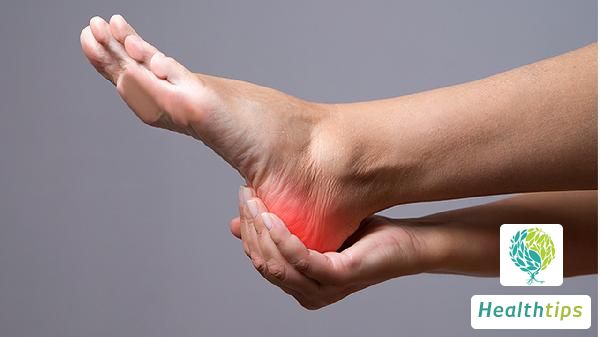What are the symptoms of lumbar disc bulge?
1. When the lumbar disc swells, it can easily compress the nerve roots, leading to nerve root injury, edema, and aseptic inflammation. This can cause sciatica, and the skin around the nerve roots may also experience abnormal sensations such as numbness and pain.

2. For patients with this condition, the straight leg raising test and the strengthening test are positive. To make a definitive diagnosis, it is usually necessary to combine the patient's clinical symptoms and signs with auxiliary examinations such as lumbar CT and MRI, and then actively treat the symptoms accordingly.
Lumbar disc herniation is a less severe form of lumbar intervertebral disc protrusion. Patients with lumbar disc herniation can choose to use a lumbar belt for treatment. There are many types of these belts clinically. Some belts are cheaper and have relatively simple functions, with only two steel plates to protect the waist. This type of belt is the most common and simplest. Some belts have a self-heating function and can be heated after plugging in the power supply. These belts have better functions and can be selected for use.
Lumbar disc herniation may be accompanied by obvious inflammatory manifestations in the early stages, manifesting as nerve root edema and prominent water content in the nucleus pulposus tissue. During this period, using some drugs that promote blood circulation to remove blood stasis or physical therapy belts can have a certain anti-inflammatory and swelling effect on local nerve edema and disc inflammation exudation, which can alleviate the symptoms caused by lumbar disc herniation but cannot achieve a radical cure.
Patients with lumbar disc herniation can adopt lumbar protection treatment. This lumbar protection usually consists of two very hard steel plates. The purpose of these steel plates is to protect the patient's lumbar spine and reduce the frequency of bending in daily life, thereby achieving the goal of protecting the lumbar spine.



















